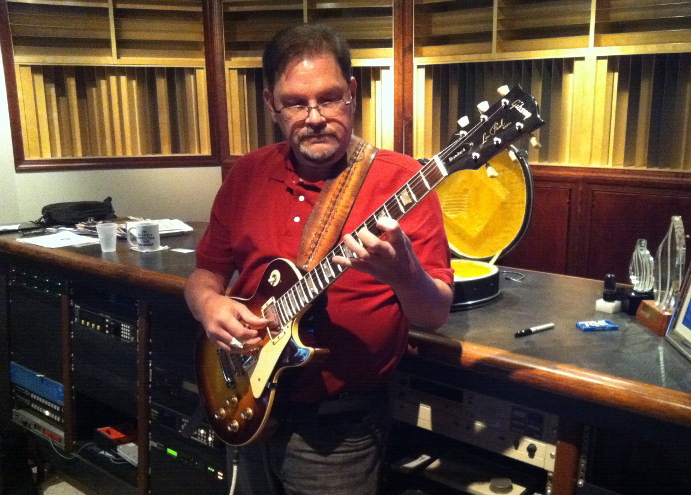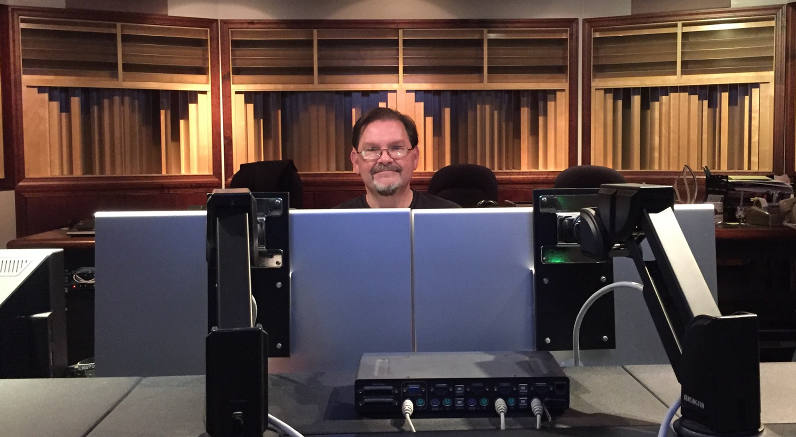WHY THE MUSICIAN'S ROOM?

Updated 07/26/2023
Perhaps after all these years that The Musician's Room has been around it is time for me to explain why this website exists. It all startedback in the year 2000 with a web place where I could write up replies to repeated questions from members of the Taylor Guitar Forum (RIP). That forum has long been replaced by the wonderful Acoustic Guitar Forum. This site was bornd while I was on staff at the AGF. But as time went on, I began to discover that there weren't a lot of places out there where people could find out what they needed to know about acoustic and electric guitars and recording together, in a unified way.
TRIBES
Everywhere I went on the Internet I encountered tribes. On acoustic guitar forums I saw posts saying acoustic guitarists didn't like electric guitars and electric guitarists. But that was okay because the feeling seemed to be wonderfully mutual. However, the one thing they could both agree upon was that neither of them much liked recording engineers and both loved to have a good laugh at their engineers' expense. It seemed to me that way too much ego, time, and energy was being spent on carping at each other and way too little was being spent on understanding each other's mindsets and disciplines in order to help everyone to work together. As an acoustic and electric guitarist and a recording engineer and producer, I found myself, or at least one of those three hats I wore, being regularly targeted in the other two circles. Awk-ward...

Courtesy People
INSPIRATION
It is hard to figure out which background I come from, musical or engineering, because my first dalliances in both started at about the same time - sometime when I was around the age of seven. In 1970, at the age of thirteen, I started playing guitar and mixed my very first radio broadcast. However, one of the reasons I entered recording engineering as a vocation many years later was because of the pioneering work of a guitarist, Tom Scholz, of the band, Boston. Tom started playing keyboards first and moved into guitar. When he became interested in recording his work, Tom put his M.I.T. engineering background to work and began learning about audio recording techniques. He assembled a suite of professional recording gear and began working on his first demos. When those demos earned him a contract with Epic Records, he was eventually tutored by John Boylan, producer for many artists including Linda Ronstadt, as he worked on the first Boston album. The results speak for themselves: at the time of its release, the eponymous Boston album became the very best selling debut of all time and still sits at number four. After the album landed in 1976, I saw how Tom was able to integrate the disciplines to successfully create a winning product and I was inspired to use my technical outlook alongside my musical skills. His sounds were so radically different from what came before that they left guitarists scratching their heads for years. Eventually I decided to study recording engineering, music composition, and electronic music in college, some ten years after I began playing guitar. In 1981, I was hired away from school into the world of recording engineering. That career evolved into a combination of recording engineering, producing, and sound design.

Another early inspiration for me was the former guitarist for Steely Dan and the Doobie Brothers and columnist for Guitar Player Magazine, Jeff "Skunk" Baxter. Jeff is a guitarist and synthesist who, during the 1970s, embraced guitar, electronics, engineering, synthesis, and production, and sought to integrate all those disciplines. As he was writing his "Eclectic Electric" Guitar Player columns, he also began producing albums for other artists. One biographical article in another magazine described him as a "Poet, producer, reducer." His study of electronic devices for music led him deep into the world of the industrial and military electronics from which they sprang. As the intercontinental ballistic missile defense initiative began to develop, Jeff wrote a paper speculating on the possibilities of modifying the Aegis shipboard missle defense system to form the backbone of the Starwars system. That article was noticed by the right people. Soon after this Jeff virtually "disappeared" from sight, leaving many of us who followed him asking, "Whatever happened to Skunk?" After 9/11 he resurfaced. While he had continued to play sessions, he had spent the interim as a consultant to the Pentagon and the LAPD, working as an integration specialist and one of their "outside-the-box" thinkers in the war on terror.
Both Tom and Jeff have worked in a "rennaisance man" or "polymath" sort of way to integrate the disciplines they are involved in. I grew up the son of a polymath, so I loved to see the way that they were comfortable and conversant in each of those disciplines, how they smoothly moved between them, and how they felt that this sort of flexibility and integration made them more creative and productive. In my own life there have been a lot of sessions, recording tape, plug-ins, and water under the bridge since 1980 when I dived into recording professionally. But that drive for personal integration and a love for each of the disciplines I work in have been the energy that has propelled this site along for the last twenty years.
RAISON D'ETRE
So there you go, The Musician's Room's reason for existence: to help guitarists and musicians become conversant with the tools and thought processes involved in their art and to help them understand the tools and process of recording as well, in order to communicate their music to their audience. As I play, record, and produce sessions, I am always searching for and finding ways to accomplish what I am doing better and easier. Hopefully I can contribute in some small way to helping others integrate their approach to music and recording at the same time.

The Musician's Room, since 2001
"Changing the world, one db at a time..."
Bob Womack
= =
=




